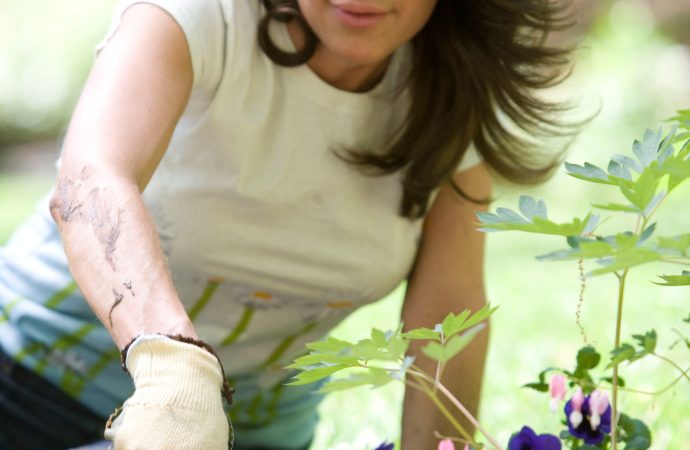Gardening is not just about creating a beautiful outdoor space. It can also be a way to support local wildlife populations and promote biodiversity. By incorporating native plants, providing food and shelter, and reducing the use of harmful chemicals, gardeners can create a thriving ecosystem in their own backyard. In this article, we will explore
Gardening is not just about creating a beautiful outdoor space. It can also be a way to support local wildlife populations and promote biodiversity. By incorporating native plants, providing food and shelter, and reducing the use of harmful chemicals, gardeners can create a thriving ecosystem in their own backyard. In this article, we will explore the benefits of gardening with purpose and how to get started.
Why Support Local Wildlife Populations?
Local wildlife populations play a crucial role in maintaining a healthy ecosystem. They help pollinate plants, control pests, and provide food for other animals. However, many species are facing habitat loss and population decline due to human activities such as urbanization and agriculture. By supporting local wildlife populations in our gardens, we can help to mitigate these effects and promote biodiversity.
In addition to the ecological benefits, gardening with purpose can also be a rewarding and educational experience. It allows us to connect with nature and learn about the plants and animals that call our local area home.
Incorporating Native Plants
One of the most important ways to support local wildlife populations is by incorporating native plants into our gardens. Native plants are adapted to the local climate and soil conditions, making them more resilient and better suited for local wildlife. They also provide food and shelter for a variety of species, including birds, butterflies, and bees.
When selecting native plants, it is important to choose a variety of species that bloom at different times throughout the year. This will provide a continuous source of food for wildlife. Some popular native plants include milkweed, goldenrod, and coneflower.
Providing Food and Shelter
In addition to native plants, gardeners can also provide food and shelter for local wildlife populations. This can be done by installing bird feeders, birdhouses, and bat boxes. These structures provide a safe place for animals to rest and raise their young.
Gardeners can also create habitat for ground-dwelling animals such as toads and salamanders by leaving leaf litter and fallen branches on the ground. These materials provide shelter and food for these species.
Reducing the Use of Harmful Chemicals
Another important aspect of gardening with purpose is reducing the use of harmful chemicals. Pesticides and herbicides can be toxic to wildlife and can disrupt the natural balance of the ecosystem. Instead, gardeners can use natural methods such as companion planting and crop rotation to control pests and promote plant health.
Companion planting involves planting certain species together that have a mutually beneficial relationship. For example, planting marigolds with tomatoes can help to repel pests and improve soil health. Crop rotation involves planting different crops in different areas each year to prevent the buildup of pests and diseases in the soil.
Getting Started
To get started with gardening for wildlife, it is important to research the native plants and animals in your local area. This will help you to choose the right plants and structures to support local wildlife populations. You can also consult with local gardening organizations and wildlife conservation groups for advice and resources.
In conclusion, gardening with purpose is a rewarding and important way to support local wildlife populations and promote biodiversity. By incorporating native plants, providing food and shelter, and reducing the use of harmful chemicals, gardeners can create a thriving ecosystem in their own backyard. So why not start gardening with purpose today?

















Leave a Comment
Your email address will not be published. Required fields are marked with *